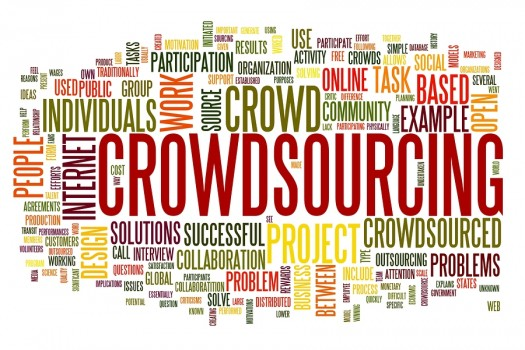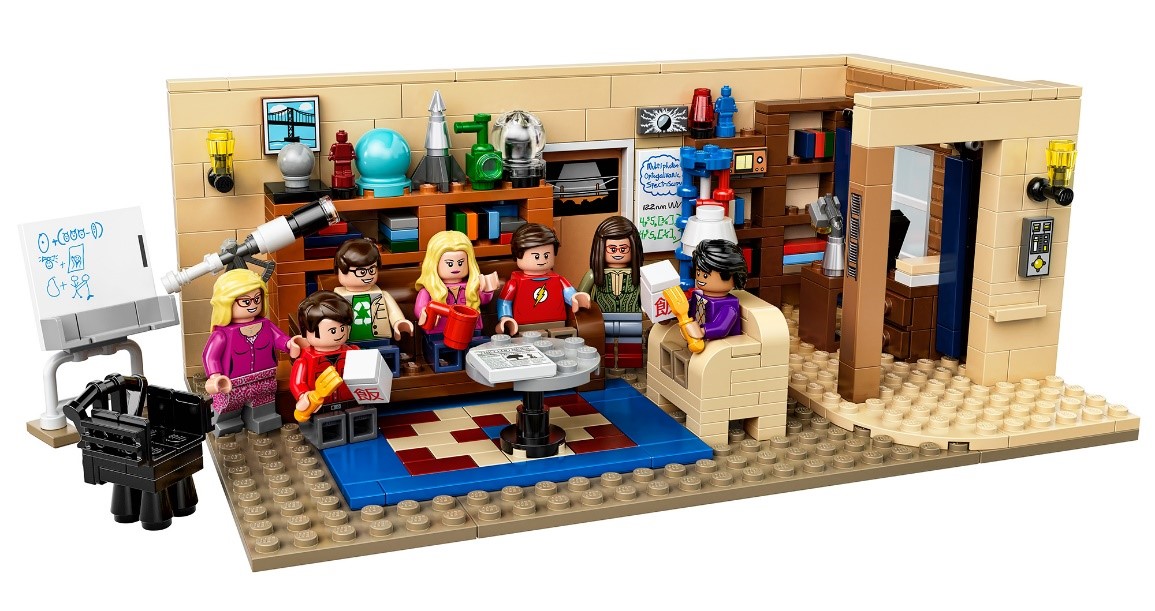
 menu trigger
menu trigger 
Crowdsourcing and crowdfunding
Nowadays the business terms crowdsourcing and crowdfunding are quite popular. A lot of people have heard of them but not all understand what exactly they mean and what the difference between the two is. According to Wikipedia, crowdsourcing is a modern business term coined in 2006 and is defined by Merriam -Webster as the process of obtaining needed services, ideas, or content by soliciting contributions from a large group of people, especially an online community, rather than from employees or suppliers. Instead of Wikipedia creating an encyclopedia on their own, hiring writers and editors, they gave a crowd the ability to create the information on their own. The result? The most comprehensive encyclopedia this world has ever seen.
Probably the best-known example of crowdsourcing as of 2015 is crowdfunding, the collection of funds from the crowd (e.g., Kickstarter). Crowdfunding is asking an online community for donating money to your idea or project. You find a crowdfunding platform, set the goal amount, deadline, and any rewards offered to donors. You must raise 100% of your goal before the deadline, or all the donations are returned to the donors. Deadlines are typically less than 60 days. These are called all-or-nothing campaigns which will not charge a fee, if you do not raise the desired amount of money. In other cases, you only pay on the percentage of funds you raise. Services also charge a payment-processing fee, although some services require you use a service such as PayPal, in which case that fee goes to PayPal instead and you withdraw your funds from the associated account. Other services use direct deposit and transfer funds to your bank account.
Crowdsourcing

In crowdsourcing you actually engage people who have certain skills to do a job for you and do their best, since they are experts in the field. They generate so many ideas that sometimes it is hard to select the best ones from the pile. Some people argue that this is not so efficient since a lot of work is involved in generating these ideas only to choose one of them. All the time and efforts of the crowd could be invested in another venture. However, I think that this is not true because every person can decide whether or not to start working on a project. Most of the involved people choose to work on something that is interesting to them. I believe this develops their skills and they gain experience even if their idea does not get picked up from the rest.
For example, if you need help with designing a logo for your company you can refer to 99designs.com, which is one of the largest graphic design website connecting thousands of designers and customers seeking more affordable design services.
Once you post your idea for the project hundreds even thousands of designers around the world will start competing for the project fee you are offering. For a small amount of money, you will get to see so many suggestions and choose the one that will best suit the company. Compared to thousands of leva you have to pay to a graphic designing company, this is quite the deal. Having this crowd brainstorming and trying to give their best might even change your mind on what you have planned so far. This cost optimized solution is interesting not only for small businesses but for large corporations as well.

LEGO has turned to its customers for ideas on toys that can be included in their product line. The name of the campaign is LEGO Ideas. Any LEGO fan aged 13 and up can share and vote for ideas for new LEGO sets. The condition is to reach 10000 supporters for your project, in order to be reviewed by LEGO and possibly approved for production. If they approve the project and start selling it, the creator will receive 1% royalty of the product’s net sales. Usually, these sets created by fans are limited edition and once every single set is sold out there is no option to find it. However, there have been some exceptions for Exo Suit and Research Institute. They produced a second batch just because the demand was pretty high.
This was quite the success for LEGO, as there is nothing more important to a company than its customers and their satisfaction. They involved them in the process of creating a new product and asked them for their opinion. One of the great products that came to life thanks to the fans in collaboration with LEGO is set #010 The Big Bang Theory (created 18 February 2014, supported 17 March 2014, released on 1 August 2015)
Crowdfunding

A lot of people always say they have innovative ideas but they do not have enough resources to make it happen. Crowdsourcing could be the solution to this problem. It is not 100% sure that you will raise all the money for your project but if you really have a great idea this would be an encouraging start and a great opportunity. Even if you fail to raise the necessary cash you will be better off than just complaining that there is nothing you can do.
Bright idea is not enough to help you with your project. Crowdfunding campaigns involve communicating with the crowd you are trying to raise funds from. Information should be shared with the community constantly explaining how the idea is going to grow and develop. Nobody wants to invest in something that is uncertain or is not going to work.
One of the effective ways for promoting your campaign is to share video clips, which is quite popular these days. This will give your audience a better idea of your project - they can see you or your product in action rather than clicking through a series of static images. They are also labor-intensive, so don’t attempt to put together a clip if you don’t have the time, resources and expertise required. An amateur-looking video isn’t going to convince anyone to get involved, and at worst, could damage your campaign’s credibility.
Raising money for an idea or project is not the only benefit from using crowdfunding to attract necessary funds for your campaign. People who follow your progress and decide to donate are your supporters. They are also your potential customers and will promote your product or brand.
Those believers will be curious and will give some feedback on your progress. All of it will be beneficial to your success. The positive comments mean that you are on the right track, while the negative could be considered as constructive criticism. This will lead to a better product and it will be easier to sell, if you manage to gain the capital and start the business.
It is useful for both sides - investor and entrepreneur. On the one hand, the investors can have a view of what is going to happen with the business and make a better decision when investing capital. On the other hand, entrepreneurs or people who are looking for funding for their project will be able to see if there is demand for the product they are offering. On top of the money you get from the crowdfunding campaign, you conduct a marketing research.
To wrap up, I would say that the difference between the two terms is the following:
- Crowdsourcing is “outsourcing” a task to a “crowd” and choosing one idea from many suggestions
- Crowdfunding is actually a type of crowdsourcing and involves collecting money from a community for a project
Although I agree with the statement that crowdsourcing might not be so efficient sometimes because a lot ideas are generated from a crowd but only one is selected, I think that both solutions are quite useful to our society. Now a lot of new products are coming to life thanks to crowdfunding and creativity is inspired by crowdsourcing. It is significantly cheaper to use crowdsourcing to create a new logo for a company or come up with a new idea for a product. Crowdfunding is also quite cost-oriented compared to the interest rate you have to pay, if you choose to take a loan from a bank to fund your project. What’s more, it is easier to start a business this way because while you gather money for a project, you also attract potential customers and promote your product.
Коментари (0)
Все още няма коментари към тази новина